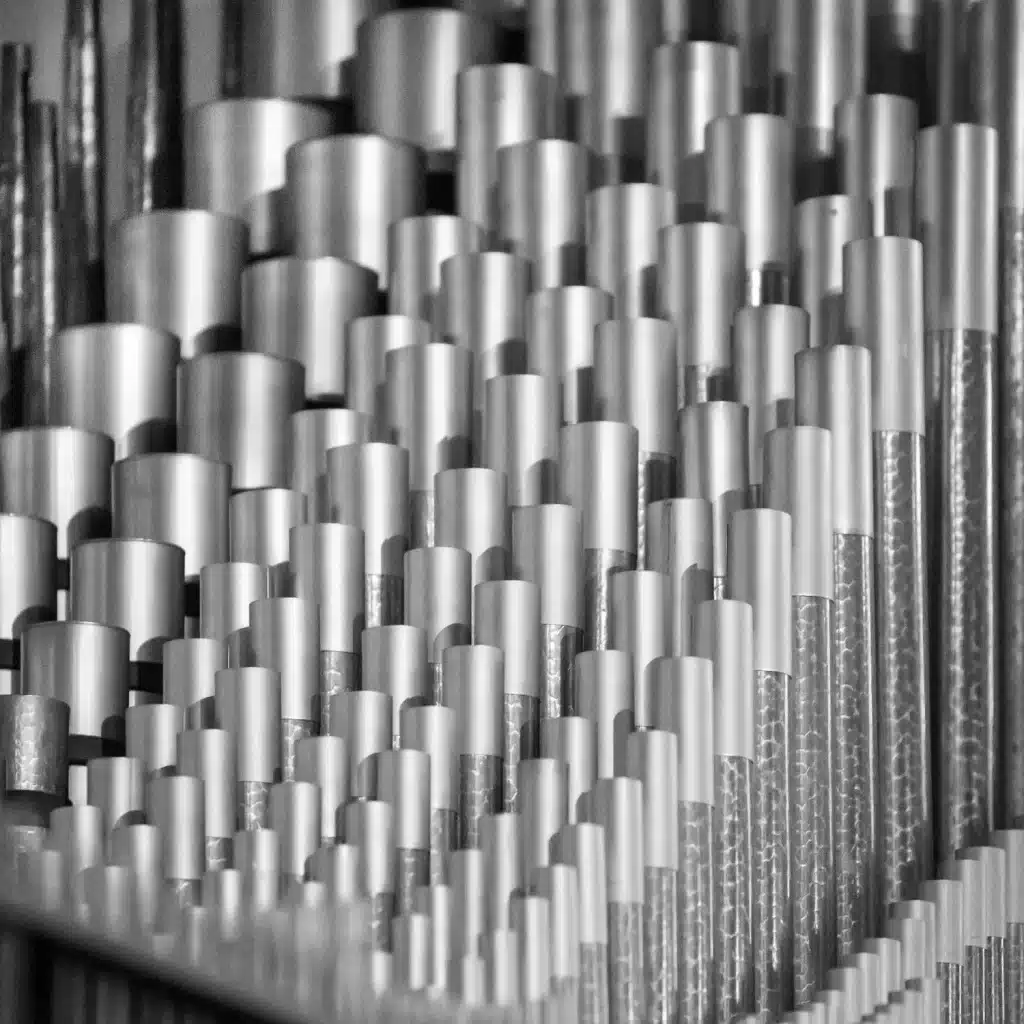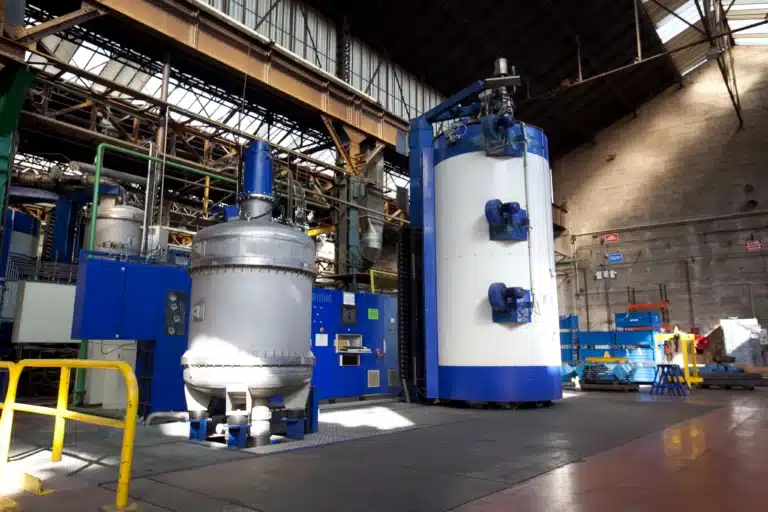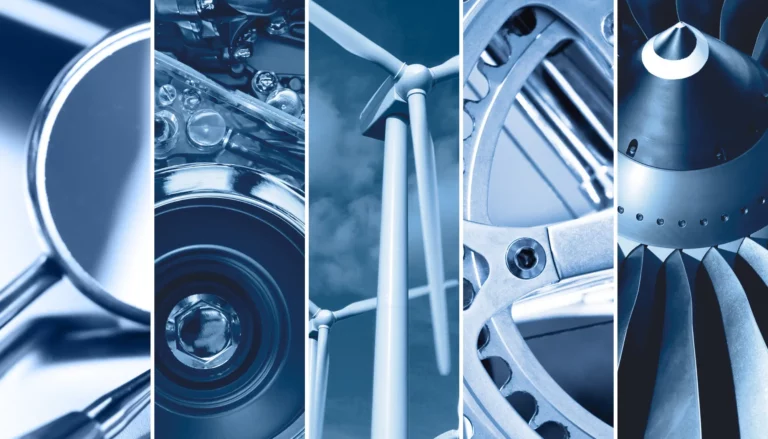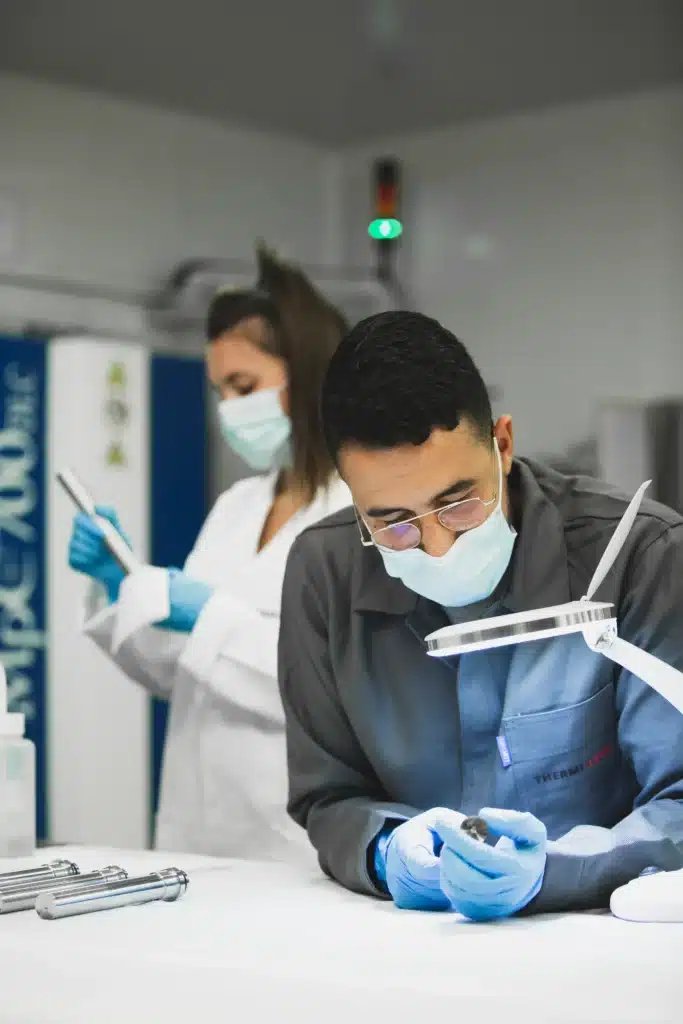Annealing and tempering are among the heat treatment techniques applied mainly to steels (copper alloys, aluminum and titanium too). Both methods involve heating parts to precise temperatures, which vary according to the process, but do not serve the same purpose. There are two main types of annealing. Softening anneals prepare the metal for future processing, while restoration anneals "repair" the metal's internal structure. Tempering, on the other hand, has a direct effect on metal hardness, and always follows a martensitic or solution hardening operation.

Annealing and tempering: two similar methods with different objectives
Annealing and tempering techniques are often confused by their apparent similarity. In fact, both methods involve heating metal in several stages in order to modify its natural properties. The annealing process can be divided into several categories : softening annealing, which, as the name suggests, reduces the hardness of the steel to improve its formability. Then there are the anneals that regenerate the steel's structure, to obtain a high-quality metallurgical structure. This second category includes
- Fine-grain recrystallization
- Homogenization to eliminate structural heterogeneities
- Globulization annealing to obtain globular perlite for improved shaping.
In annealing, the elements are heated to a precise temperature, between 750°C and 900°C, then cooled more or less rapidly, or in stages.
Tempering, on the other hand, also involves heating the parts one or more times , but at a much lower temperature, between 150°C and 600°C. Both methods are based on the same principle - heating the metal - but do not serve the same purpose.
Annealing: a versatile technique
The annealing technique is mainly applied to steels, and is divided into two main families: softening annealing and metallurgical structure restoration annealing. The first method is designed to soften parts to facilitate post-process shaping. After certain stages in the manufacturing process, some metals are very hard, making them difficult to machine or deform.
On the other hand, structure-restoring annealing acts on the structure of the steel itself. After casting, the steel may present a disturbed and heterogeneous crystalline structure. If they have been heated for too long and at too high a temperature, for example, the grains formed may be too large. In this case, the metal's properties are not quite as expected. The structure can be made healthier by annealing, and homogenization or recrystallization anneals can be carried out to obtain finer grains and a more homogeneous structure. Another version of this process is designed to dimensionally stabilize the steel. This is called stabilization annealing, and is applied when parts are subject to internal stresses and require a more stable dimensional structure after heat treatment operations.
Tempering to adjust part hardness
Tempering always follows a martensitic hardening operation. This process is applied to steels, and serves primarily to defragilize the martensite formed during the previous treatment, and to adjust the hardness of the parts in general. This technology therefore pursues a very different objective from annealing, with which it is often confused.
For certain alloys, when placed in solution, tempering acts directly on the hardness of the part by generating the appearance of a special precipitate. This is known as structural hardening. This technique is used extensively on aluminum, copper, titanium and stainless steel parts, when the hardening of the structure is not linked to the crystalline structure, but to the presence of precipitates in this structure, which improve the mechanical properties of the treated metals.
A tempering operation can, in fact, increase the hardness of a part, just as it can decrease it. This processnot only softens the part, but also defragilizes it.
In conclusion, annealing and tempering may seem similar, but they differ in their very different objectives.





